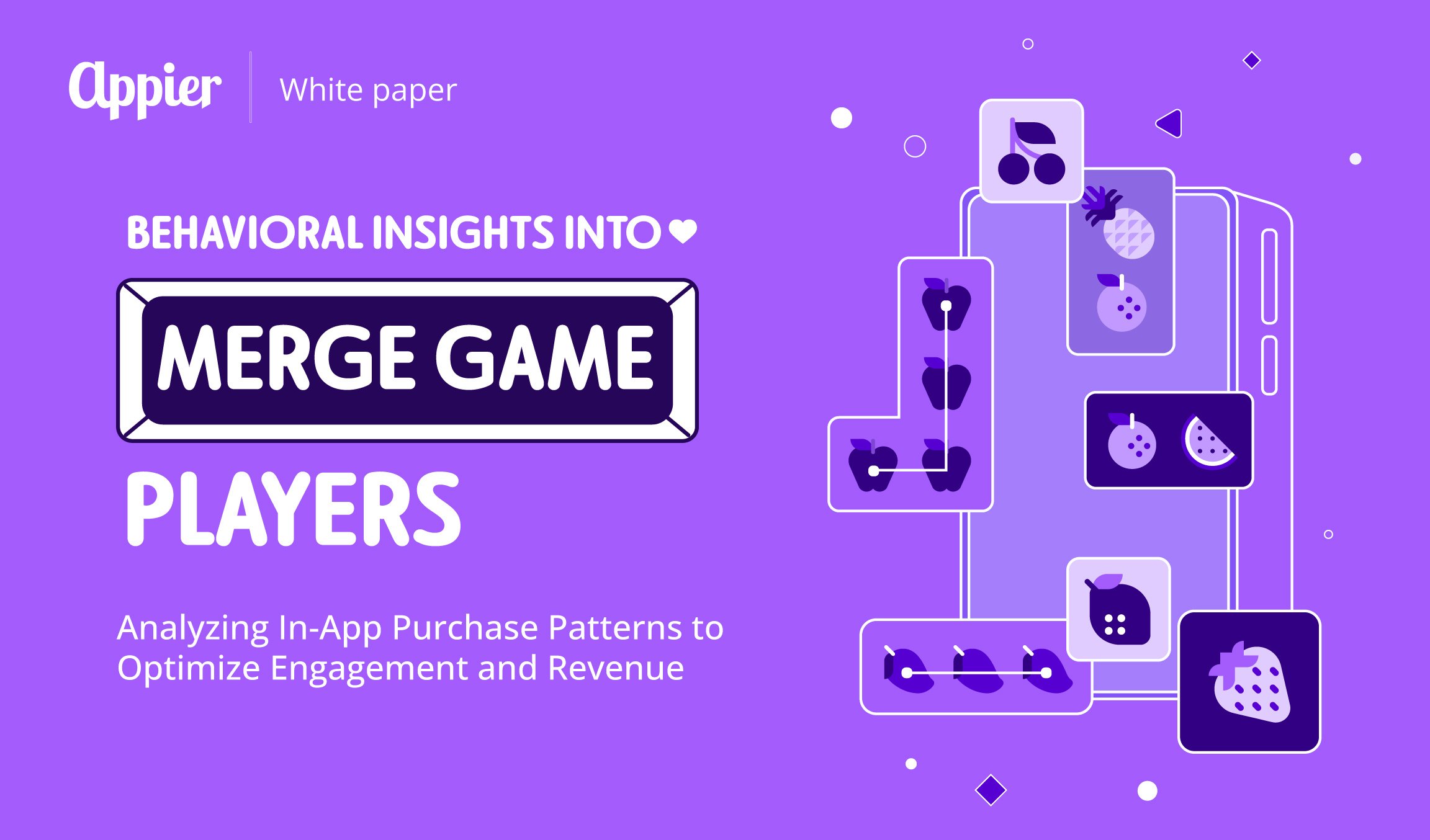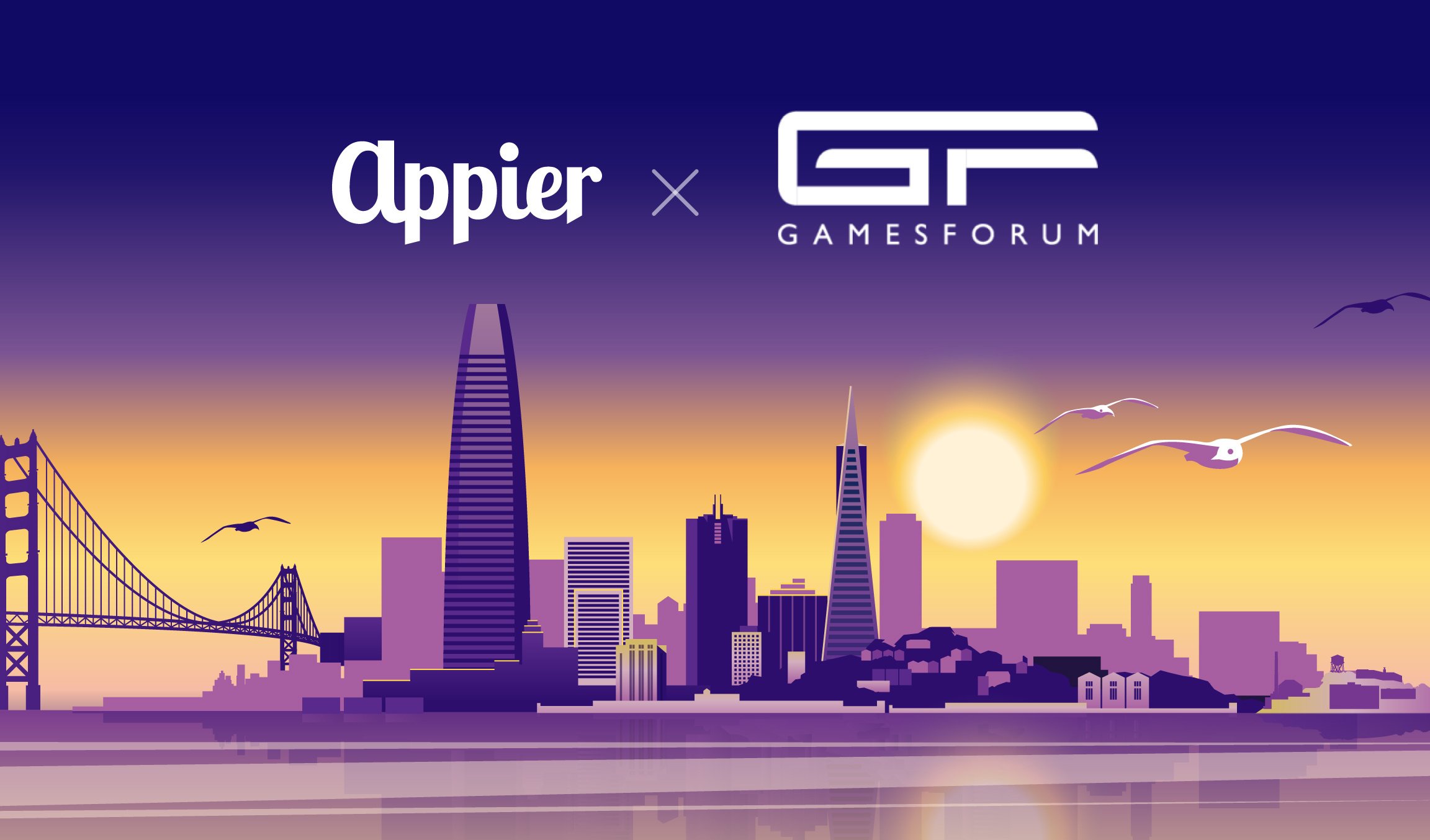6 min read
With mobile use still growing globally, a smartphone application is a great way to drive engagement. But how do you convince customers to download it? One of the best ways is by leveraging predictive segmentation and keyword targeting powered by artificial intelligence (AI) on paid search and social media platforms.
Mobile apps are more popular than ever, and they are not going away anytime soon. According to App Annie , annual mobile app downloads are expected to reach 258 billion in 2022, up from 205 billion in 2018. Due to the impact of COVID-19, consumer spending in apps hit a record high of US$27 billion in the second quarter of 2020.
With app revenue following a similar trajectory, it is no wonder that global app install ad spend will more than double in the coming years, from US$57.8 billion in 2019 to US$118 billion by 2022, according to AppsFlyer.
The Key Drivers of Increasing App Install Ad Spend
One of the biggest drivers behind this growth is competition. Brands are fighting to deliver personalized customer engagement and increase conversions, and a mobile app is one of the best channels to achieve that. The latest data from App Annie shows that mobile app usage jumped 40 percent year-over-year in the second quarter of 2020.
There are some other reasons behind the continued growth in app install ad spend. More non-tech-literate companies have realized the advantages of an app experience for customers, with its ability to foster long-term loyalty. In addition, the growing popularity of mobile gaming has also driven app install ad spend, which is expected to account for approximately 40 percent of all app install acquisition budgets by 2022. The increased demand resulting from millions more people in developing countries coming online has also had a big part to play.
Marketers’ Challenges With App Install Advertising
App install ads provide a tremendous opportunity for marketers, but it is not as straightforward as putting out a few ads and watching app installs start to grow.
Paid search and social media platforms – such as the major ones like Facebook, Apple Search Ads and Google Ads – are a complex terrain on which advertisers operate. Each platform has different specs and tendencies, which only complicates matters.
While the parameters these platforms provide give marketers granular control over their search criteria, it can be extremely difficult to know which user segments to target while keeping a low audience overlapping rate. It is also virtually impossible to exhaust all possible combinations of parameters, and endlessly tweaking and refining your combinations can lead you round in circles with no definitive answer of what works and what does not.
When leveraging keyword targeting in search advertising, marketer wouldn’t know that a keyword is getting fatigued and when to explore new keywords for search engine optimization.
The result? A lot of trial and error, and a lot of wasted ad budget.
How Ad Targeting Currently Works
In the current process, marketers will first define their target audience when deploying a campaign. Apart from using rough demographics like age and gender for segmentation, you also need to select interests or behavior on Facebook, or choose a number of keywords that you want to target in Apple Search.
However, broad keywords like ‘casino’ will not generate good enough results, meaning wasted ad spend. The trick is to come up with as many combinations of specific interests and keywords as possible, but this is a lot harder than it sounds. Even the most experienced marketers cannot know all the possible combinations, which means potential customers will slip through the net.
Even if you managed to find a segment that performed well, it would be tricky to know what the next best segment should be. So, the real challenge is to continuously come up with effective segments for precise targeting. The conventional way to find out is endless testing, which could mean even more wasted budget.
Increase ROAS With AI-Driven Segmentation and Keyword Targeting
To address those issues, marketers can use AI-powered tools to remove guesswork and trial and error, reducing the cost per install (CPI). Artificial intelligence is adept at predictive segmentation and smart keyword generation: by leveraging a massive database to uncover your users’ hidden interests and provide a much more holistic picture of them and their priorities. Here is how it works in practice.
1. Uncover hidden interests for predictive segmentation
By taking in data points from numerous sources (including first- and third-party data), AI can discover lots of granular and highly specific interests of your users within the app. It can then rank these interests based on their potential value and the likelihood of those interests being ad-responsive for each social media platform. This will give you an exhaustive and daily-updated ‘leaderboard’ of best segments even before the campaign starts. From this, you can set budgets for each segment.
2. Minimize overlap
Apart from defining the best segments, you also want to minimize audience overlap between your segments to guarantee the maximum reach. A dedicated AI platform will group the uncovered interests into ‘clusters’ using semantic keyword grouping – this involves grouping the similar interests together in order to make your content more relevant to what your target audience are looking for. AI can then show the overlap between each group – maybe the terms ‘high stakes gambling’ and ‘casino’ return very similar results, for example. In which case you can pivot your campaign to include different combinations of keywords to optimize reach.
3. Optimize the keyword life cycle
In order to optimize your keyword usage in search advertising, you need to determine the life cycle of each keyword, to ensure that the ones you are using are up to date. This is complicated further when you have multiple campaigns with several ad groups and countless keywords. The challenge is, how do you automate all the settings on each campaign, ad group and keyword?
AI can help you constantly frame and optimize your keywords, 24/7. It can detect when your keywords’ performance and volume are sufficient to return good results, and keep them in the positive keyword pool for the duration. As soon as it detects a particular keyword is becoming fatigued, it will move it to the detention pool, and if it is in a bad performance loop, it will move it to the negative keyword pool so it is not used during the campaign. When a fatigued keyword starts performing well again, it will be returned to the positive keyword pool.
When it comes to social and search advertising for app install, AI represents a shift from a ‘hit and hope’ approach to one that is science-led and backed up by data. It is the smart way to optimize your app install marketing, drive customers to your app and maximize your ROAS.
* Looking to take your social and search ads for app install to the next level with AI? We can help! Get in touch with our team today for an exclusive consultation.



